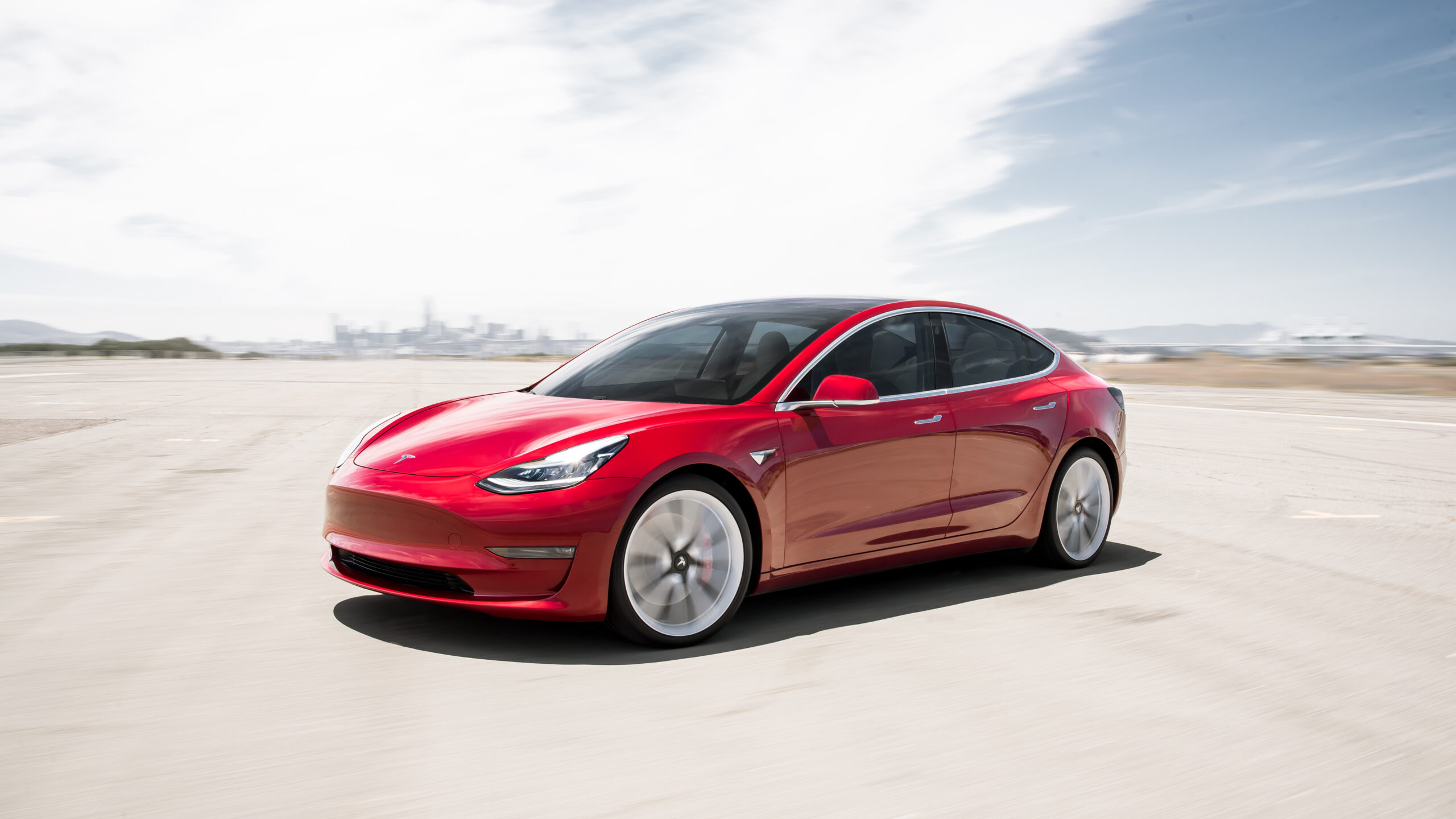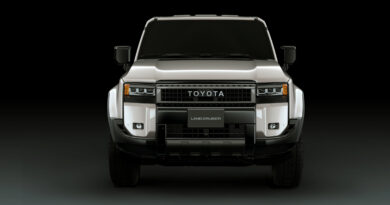Tesla battery tech tipped to slash EV price
A battery co-developed by Tesla and China’s CATL could make electric vehicles cheaper to buy than their internal combustion engine rivals.
According to a report from news agency Reuters, the lithium iron phosphate battery uses no cobalt, which is the most expensive metal in the pack.
That helps smash the much-vaunted $US100 level per kilowatt hour barrier at which EVs are expected to become price-competitive with ICE vehicles. The price at the moment industry-wide is roughly $USD135/kWh.
But the CATL battery reportedly resets the battery pack price below $USD80 per kilowatt hour. Battery cell pricing dips below $USD60/kWh.
Sadly, we’re going to have to wait for more confirmed details as Tesla’s much-hyped ‘Battery Day’ reveal has been pushed back from late May to at least June and probably later because of the COVID-19 pandemic.
Battery maker CATL – or Contemporary Amperex Technology – is also developing low cobalt packs that will reportedly be priced around $USD100/kWh and simpler packaging for cells that will also save money.
This price drop will slash thousands of dollars from the price of EVs and potentially make them cheaper than their ICE equivalents.
The Chinese-built Model 3 is expected to be fitted with the new battery from late 2020 or early 2021.
It will later be used by Teslas built in other countries, which currently employ Panasonic cells.
The CATL battery pack is also claimed to deliver a one million mile (1.6 million km) life. That’s way up on the 200,000 mile range (320,000 km) that are at the best achieved nowadays.
Intriguingly, General Motors subsequently revealed it was closing in on million mile range in partnership with LG Chem.
A number of the innovations in the CATL/Tesla batteries originated at a small lab in Canada, Reuters reported.
The lab at Dalhousie University in Nova Scotia began an exclusive five-year deal with Tesla in 2016.
The battery tech is at the centre of ambitious (what else) plans hatched by Elon Musk to turn Tesla into a power company, exploiting the capability of the one million-plus cars it now has on the road that can connect to and share power with the grid.
Long life batteries will also get second lives in grid storage systems such as the one built in South Australia in 2017.
Musk also plans to build ‘terafactories’ 30 times larger than the Nevada ‘gigafactory’ for the production of batteries.



